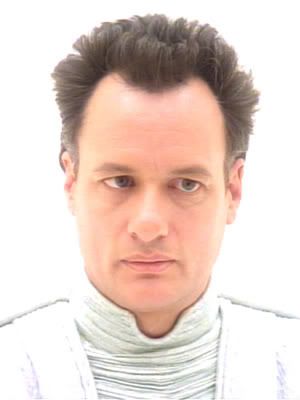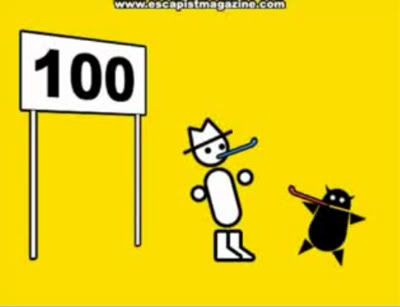
I’m going to jump ahead a bit. My next post on building character is going to deal with antagonists & adversaries who aren’t necessarily evil and allies who aren’t necessarily the kind of people you want to invite over for dinner. Spoiler warning: I’m going to be talking about Q.

In that future post, I’ll be talking about what makes Q exemplary in this role of adversarial ally. But that’s the pinnacle of his character, and here I want to discuss the ups and downs. It’s something that comes from different writers handling the same character with varying degrees of success. Charles Sonnenburg has discussed the Q character arc at length in his opinionated episode guide videos of his episodes, and I recommend checking those out.
When we first meet Q, in Encounter at Farpoint, he’s an officious and clearly omnipotent being with every intention of wiping humanity out of existence. Hide and Q casts Q as Mephistopheles and also establishes his penchant for playing games with mortals. Q Who introduces us to the Borg, and Q is more grounded and less flamboyant. The result is a dimension of depth to the character that will be explored later. We also see what happens when Q is stripped of his powers and interacts with other Q beings. Yet at the same time, we’re ‘treated’ to what happens when Q goes gift-shopping and, despite his protestations that humans are unevolved savages with disgusting biological processes, chases skirts.
It would have taken the writers of some of the weaker episodes in the Q arc all of five minutes to check on the characterization & information established in his previous appearances. Alas, they seemed more interest in playing his “omnipotence” for laughs. It’s one thing to take the ball & run with it. That’s what you do when you catch a ball. However, you don’t want to run in entirely the wrong direction. It’s not just a case of a writer not doing the research, it can also lead to a serious case of dis-continuity and character decay, which may become terminal.
How do you avoid this? Keep notes, and check them often. Lend an ear to feedback you receive on your work, both positive and negative. Above all, keep your characters consistent. Say what you like about Stephanie Meyer, the character of Bella Swan remains co-dependent and nearly obsessed with Edward throughout her books, so at least she got the consistency right.
In other news, this is my 100th post, so… yay?




